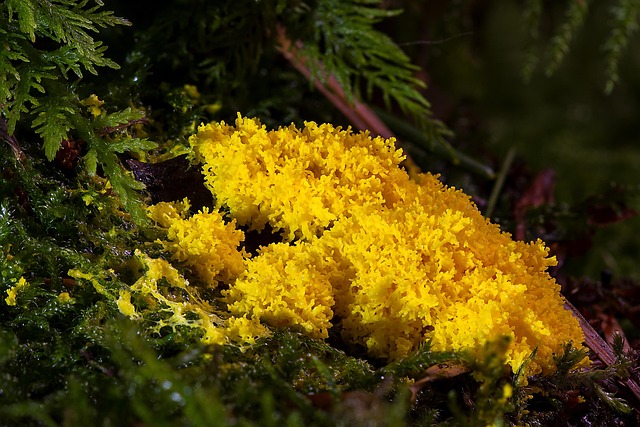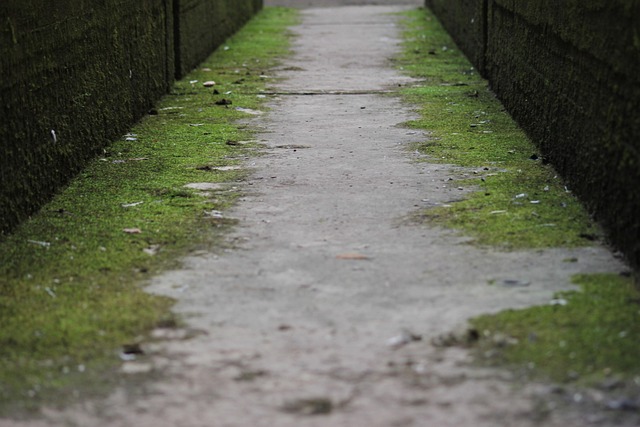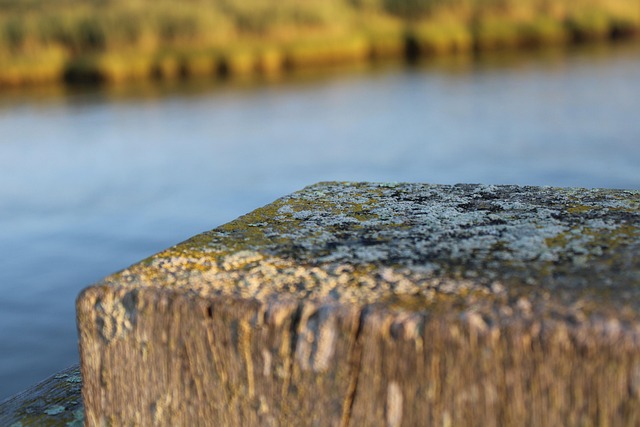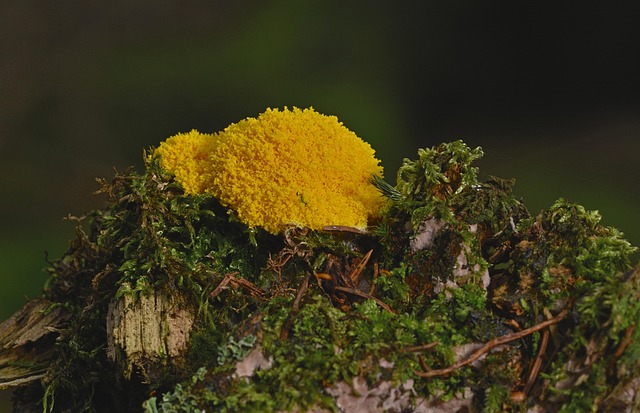Eco-Friendly Black Mold Remediation Tips for Pomona CA Homes

Black Mold Remediation Pomona CA is essential due to health risks associated with Stachybotrys chart…….
In the heart of California’s vibrant South Bay, Pomona stands as a city rich in history and culture, but like many urban areas, it faces unique environmental challenges. Among these, black mold remediation has emerged as a critical topic, impacting both residential and commercial properties. This article delves into the intricacies of black mold remediation specific to Pomona, CA, exploring its definition, global context, economic implications, technological advancements, regulatory frameworks, and future prospects. By the end, readers will grasp the comprehensive nature of this specialized field and its significance in creating healthier living and working environments.
Definition: Black mold remediation refers to the process of identifying, containing, and removing toxic black mold (often Aspergillus niger) from contaminated spaces, ensuring a safe and healthy environment. In Pomona, as in many areas with warm, humid climates, these molds thrive in specific conditions, posing potential health risks to residents and buildings.
Core Components:
Inspection and Assessment: The initial step involves a thorough inspection by certified professionals who identify mold growth, determine its extent, and assess the affected area’s structure and air quality.
Containment: To prevent further spread, the area is contained using specialized equipment and negative-pressure rooms to isolate the contaminated space.
Removal: Certified remediators employ various techniques, including hepa vacuum cleaning, air scrubbers, and moisture control measures, to safely remove mold and debris.
Decontamination: Once the mold is gone, decontamination involves sanitizing surfaces and replacing affected materials to restore a safe environment.
Historical Context: The awareness of black mold (or Aspergillus) as a health hazard has evolved over time. While its presence in indoor environments is not new, recent decades have seen increased understanding of its potential to cause respiratory issues, allergies, and other health problems, especially in vulnerable populations. This growing concern has driven the development of stricter guidelines and specialized remediation practices.
Black mold remediation is a global issue, with varying degrees of impact across regions:
North America: The US, including Pomona, leads in mold-related litigation, driving significant investment in remediation services. Strict building codes and increasing awareness contribute to a robust market for specialized cleaning and restoration companies.
Europe: Countries like the UK and Germany have seen a rise in mold-related health concerns, leading to stricter regulations and advanced remediation techniques. The European Union’s emphasis on indoor air quality has influenced best practices globally.
Asia-Pacific: Rapid urbanization and changing climate patterns are fostering ideal conditions for mold growth in cities like Tokyo and Singapore, creating a demand for innovative remediation solutions.
Latin America: With varying climates and building standards, the region presents unique challenges. However, growing urban populations and increasing health awareness drive local remediation efforts.
Technological innovations significantly impact black mold remediation:
| Advancement | Impact | Future Potential |
|---|---|---|
| Advanced Air Filtration Systems | Enhances air quality during remediation, reducing secondary contamination. | Development of smarter, energy-efficient filtration systems. |
| Molecular Detection Techniques | Enables early detection of mold spores, aiding in targeted remediation. | Integration with IoT for real-time monitoring and predictive analytics. |
| Nanorobots | Offers precise, non-invasive mold removal at a molecular level (still experimental). | Promise of safer, more effective remediation methods. |
| Data-Driven Remediation | Utilizes data analytics to optimize remediation strategies and reduce costs. | AI-driven predictive models for proactive mold prevention. |
Regulatory frameworks guide black mold remediation practices:
Despite its critical importance, black mold remediation faces challenges:
Proposed Solutions:
Challenge: A historic high school in Pomona experienced widespread black mold growth due to an old heating system and poor ventilation. The school district faced a complex remediation task while ensuring student safety during the pandemic.
Solution: A specialized remediation team employed advanced air filtration, negative-pressure containment, and hepa vacuum cleaning. They worked closely with the district to replace faulty vents and update HVAC systems, preventing future mold growth.
Outcome: The school reopened safely, with improved indoor air quality and reduced health risks for students and staff. This case highlights the importance of comprehensive remediation and long-term system upgrades.
Challenge: A large apartment complex in Claremont struggled with persistent mold issues despite previous attempts at remediation. Tenants reported ongoing health problems, raising concerns about the building’s safety.
Solution: An integrated approach was taken, including structural repairs, improved ventilation, and a detailed moisture management plan. Regular monitoring and maintenance protocols were implemented to prevent future outbreaks.
Outcome: The complex achieved significant success in eliminating mold, improving tenant satisfaction, and reducing health complaints. This case underscores the value of holistic solutions and ongoing maintenance in mold prevention.
The field of black mold remediation is poised for growth:
Advanced Remediation Techniques: Expect further development and adoption of innovative technologies like nanorobots and molecular detection, enhancing efficiency and safety.
Data-Driven Solutions: The integration of IoT and AI will revolutionize remediation practices by enabling predictive modeling, remote monitoring, and personalized solutions.
Green Remediation Practices: There is a growing emphasis on environmentally friendly products and processes to minimize the ecological impact of remediation efforts.
Global Collaboration: Sharing knowledge and best practices across regions will drive improvements in service quality and safety standards internationally.
Black mold remediation Pomona CA represents a critical intersection of health, technology, and environmental awareness. As cities like Pomona continue to grapple with climate change and urbanization, effective mold management becomes increasingly essential. The insights provided in this article highlight the field’s complexity, its global reach, and the multifaceted challenges it addresses.
By investing in research, promoting education, and fostering regulatory alignment, we can ensure safer, healthier living and working environments for communities worldwide. As technology advances and best practices evolve, black mold remediation will remain a dynamic and vital component of modern urban management.
Q: How do I know if I have black mold in my home?
A: Look for visible signs like discolored spots on walls or ceilings, musty odors, or peeling paint. Health symptoms like coughing, sneezing, or allergic reactions may also indicate mold presence. Professional inspection is recommended for accurate assessment.
Q: Is black mold a serious health risk?
A: Yes, prolonged exposure to black mold and its spores can cause respiratory issues, allergies, and other health problems. Vulnerable populations, including children and the elderly, are especially at risk. Prompt remediation is crucial to mitigate these risks.
Q: How much does black mold remediation cost?
A: Costs vary widely depending on the scope of work, location, and extent of mold growth. Small-scale remediations might range from a few thousand dollars, while large or complex cases can exceed $20,000. Insurance coverage may apply in some cases.
Q: Can I perform black mold remediation myself?
A: It’s not recommended for several reasons. Mold remediation requires specialized equipment and expertise to ensure safety and effectiveness. Improper remediation can lead to further contamination or health risks. Always consult professionals for safe and thorough remediation.
Q: What can I do to prevent mold growth in my home?
A: Regular ventilation, maintaining proper humidity levels (30-50%), addressing leaks promptly, and ensuring adequate drainage around your home are effective prevention strategies.

Black Mold Remediation Pomona CA is essential due to health risks associated with Stachybotrys chart…….

Black mold (Aspergillus) in Pomona poses health risks and property damage due to its love for dampne…….

Black mold (Aspergillus niger) in Pomona, California, poses health risks due to mycotoxins. Local ex…….

Black mold (Stachybotrys chartarum) poses health risks in moist, poorly ventilated areas common in P…….

In Pomona, CA, black mold issues require professional Black Mold Remediation Pomona CA services due…….

Black mold in Pomona, CA, poses health risks and property damage. Prompt action is crucial; seek pro…….

Black mold (Stachybotrys chartarum) poses severe health risks due to mycotoxins in damp, poorly vent…….

Black mold (Stachybotrys chartarum) poses significant health risks in Pomona homes, requiring proact…….